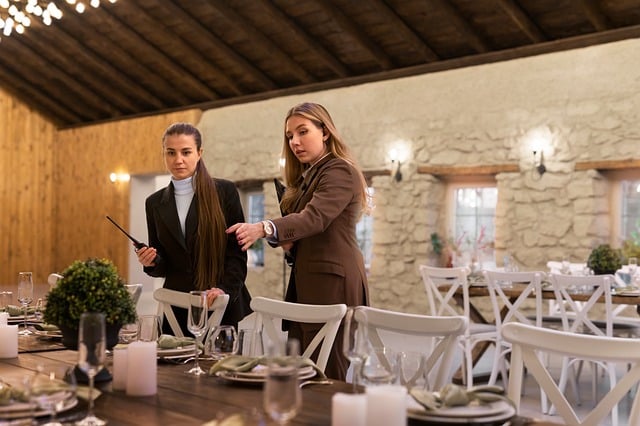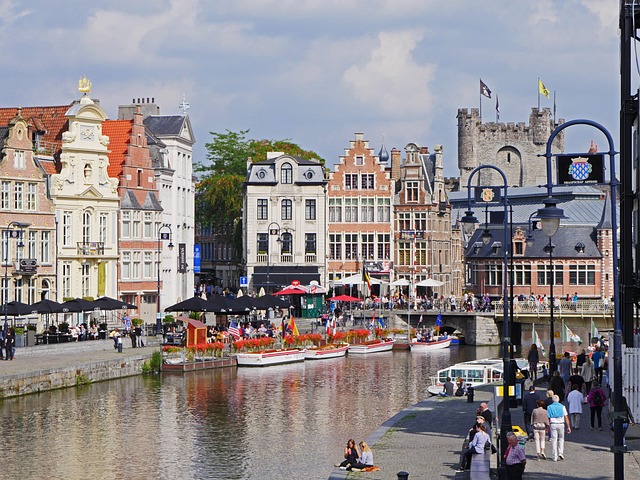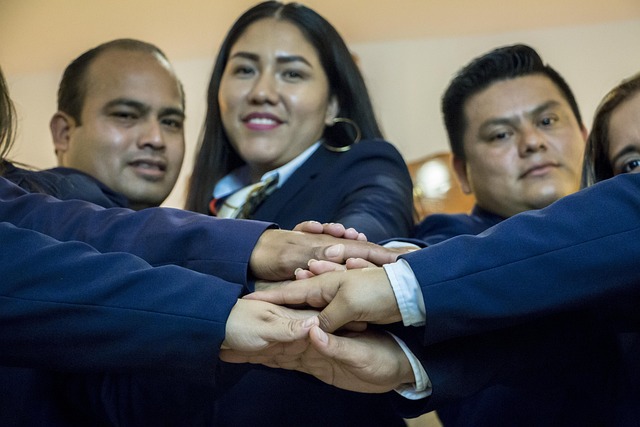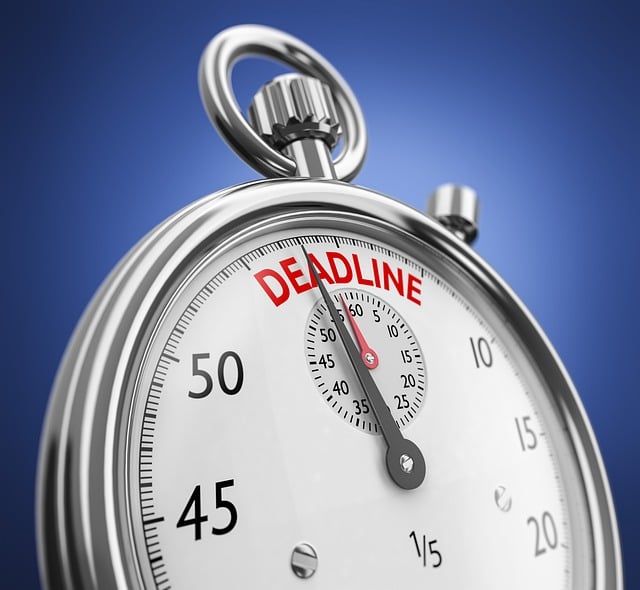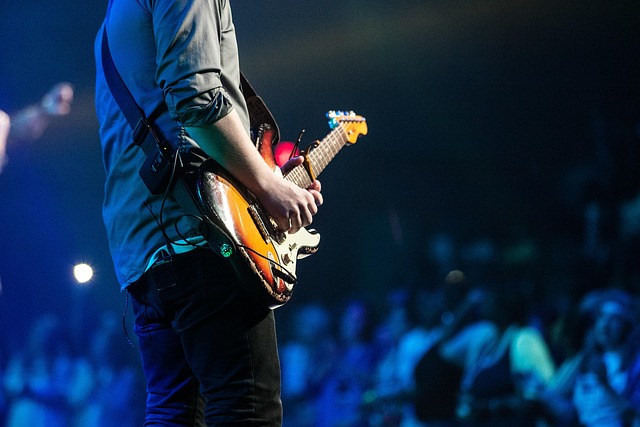Identifying Community Needs and Interests is crucial for successful event planning by local businesses. Engaging neighbors through surveys, focus groups or observations reveals priorities like environmental initiatives, cultural events, and health activities. Aligning events with these needs strengthens community relationships, enhances brand visibility, attracts larger crowds, and improves neighborhood cohesion. By understanding target demographics and trends, businesses can design tailored events that resonate with unique community needs, fostering positive social contributions. Gathering community feedback through surveys and focus groups is key to creating meaningful connections and informed event planning decisions.
“Unleash your local business’s potential through impactful community outreach events! This comprehensive guide navigates the art of connecting with your neighborhood. From identifying diverse community needs and interests, including cultural considerations, to crafting engaging themes and managing event logistics, we explore every step.
Learn how to transform your plans into successful gatherings that leave a lasting impact. Discover strategies for venue selection, promotion, and follow-up to ensure these events become a cornerstone of local business engagement.”
- Identifying Community Needs and Interests
- – Researching local demographics and community trends
- – Conducting surveys and focus groups to gather feedback
Identifying Community Needs and Interests

Identifying Community Needs and Interests is a crucial step in successful event planning for local businesses. By engaging directly with the community, business owners can gain valuable insights into what resonates most with their neighbors. This could involve conducting surveys, hosting focus groups, or simply observing local gatherings to understand the prevailing interests and challenges. For instance, a community might prioritize environmental initiatives, cultural celebrations, or health and wellness activities. Event planners should align their programs with these needs to foster a sense of belonging and participation.
In the context of event planning for local businesses, this process not only ensures relevant and attractive programming but also builds stronger relationships between businesses and residents. Tailoring events to community interests can attract larger crowds, enhance brand visibility, and create lasting positive impacts on neighborhood cohesion and well-being.
– Researching local demographics and community trends

When planning community outreach events, understanding the local demographics and community trends is crucial for successful event planning. By delving into these insights, local businesses can tailor their initiatives to resonate with the specific needs and interests of their target audience. This involves researching factors such as age groups, cultural backgrounds, economic status, and social behaviors unique to each neighborhood or region. For instance, an event focused on promoting healthy living might appeal more to middle-aged individuals in suburban areas, while a festival celebrating local art and culture could draw younger crowds in urban centers.
Event planners can use this demographic data to create engaging programs that attract large turnouts. They can also identify community leaders or influencers who can help promote the events, fostering higher participation rates. Moreover, understanding community trends allows businesses to align their outreach efforts with current local priorities, ensuring that their initiatives have a lasting impact and positively contribute to the area’s social fabric.
– Conducting surveys and focus groups to gather feedback
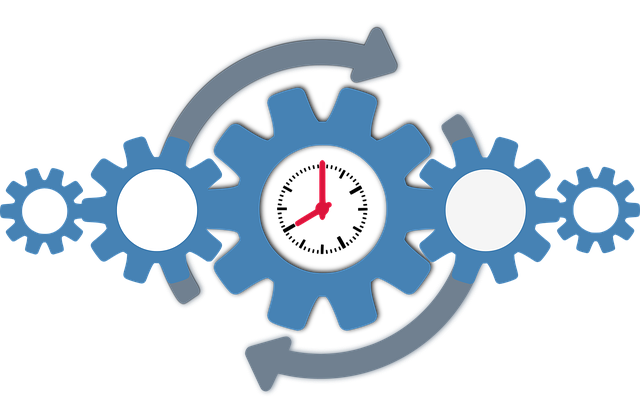
In the heart of successful event planning for local businesses lies a crucial step: gathering community feedback through surveys and focus groups. This process empowers organizers to tailor their outreach events to align with the specific needs, interests, and preferences of the target audience. By engaging directly with potential attendees, businesses can gain valuable insights into what makes an event appealing, impactful, and memorable.
Surveys and focus groups serve as a double-edged sword, providing both quantitative data and qualitative feedback. Quantitative data offers a snapshot of overall sentiment, participation rates, and demographic distribution, while qualitative feedback delves deeper into attendees’ motivations, expectations, and suggestions for improvement. This comprehensive understanding allows event planners to make informed decisions, ensuring that each outreach initiative resonates with the community and fosters meaningful connections between local businesses and their customers.
By understanding the unique needs and interests of their communities, local businesses can create meaningful connections and foster growth through targeted event planning. Through demographic research, survey data, and community engagement, entrepreneurs can design events that resonate with their target audience, fostering a sense of belonging and driving local economic vitality. This strategic approach to Event Planning for Local Businesses not only strengthens community ties but also paves the way for successful business expansion and enhanced overall well-being.





